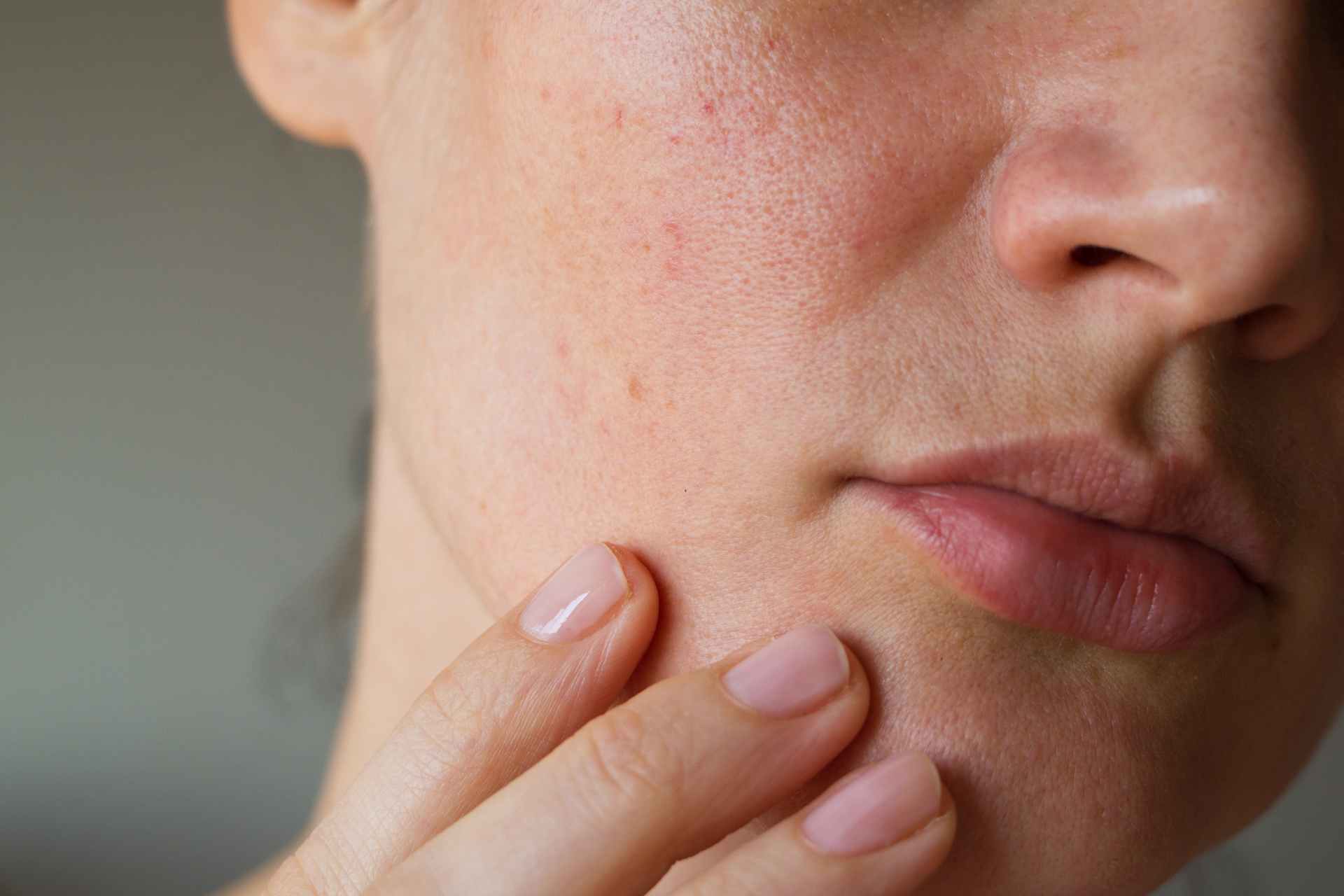What is already known
The outermost layer of the skin, called the skin barrier, serves many important functions, including protecting the body from harsh environments and infection by pathogens. This layer is made of skin cells bound together by fatty molecules such as ceramides, cholesterol and free fatty acids, and alterations in the composition of these molecules can lead to skin conditions such as atopic dermatitis and psoriasis. Although the skin microbiota has been involved in several skin conditions, little is known about how skin microbes influence the production of the fatty molecules that keep together the skin barrier.
What this research adds
Researchers analyzed the response of human skin cells to several different commensal bacteria, and found that Cutibacterium acnes induced an increase in essential fatty molecules. This increase was mediated by short-chain fatty acids produced by C. acnes, and it improved some of the skin barrier’s functions, including antimicrobial activity and control of water loss.
Conclusions
The findings reveal an important mechanism through which commensal microbes influence skin’s health. The results may also help to inform treatments for people with skin conditions.
The outermost layer of the skin, or the skin barrier, protects the body from harsh environments and infection by pathogens, and alterations in the composition of molecules that make up this barrier can lead to skin conditions such as atopic dermatitis and psoriasis. A new study shows that the skin commensal microbe Cutibacterium acnes induces an increase of essential fatty molecules in the skin barrier, thus improving its function.
The findings, published in Science Advances, reveal an important mechanism through which commensal microbes influence skin’s health. The results may also help to inform treatments for people with skin conditions.
The skin barrier is made of skin cells bound together by fatty molecules such as ceramides, cholesterol and free fatty acids. Scientists have known that the skin microbiota is involved in several skin conditions, but little is understood about how these microbes influence the production of the fatty molecules that keep together the skin barrier.
Samia Almoughrabie at the University of California San Diego and her colleagues set out to investigate the response of human skin cells to several different commensal bacteria.
Lipid increase
The researchers exposed human skin cells to liquids where different skin commensal bacteria had grown. Then, the team quantified the changes in the accumulation of lipids in the cells.
Only the liquid where C. acnes had grown induced an increase of lipid levels in skin cells, the researchers found. The lipid increase also occurred when C. acnes was directly added to the lab dish where the cells were cultured. The team observed a similar response in the skin of lab mice and of people with acne.
Next, the researchers analyzed the lipids produced by both cultured skin cells and mouse skin exposed to C. acnes. They found that C. acnes induced an increase in essential lipids, including triglycerides, ceramides and free fatty acids, in both mice and human skin cells, with the greatest increase seen after one week of exposure.
Improved barrier
Further experiments showed that the lipid increase in skin cells was mediated by short-chain fatty acids produced by C. acnes, following the expression of several genes involved in lipid synthesis.
To assess whether this lipid increase led to changes in the function of the skin, the researchers measured barrier properties of skin cells grown in a lab dish and in the skin of mice. The presence of C. acnes improved some of the functions of the skin barrier, including its antimicrobial activity and control of water loss. “These findings confirmed prior observations that lipids produced by [skin cells] influence barrier functions and are antimicrobial,” the researchers say.
The results support the hypothesis that the function of the skin barrier is changed following the increase in lipids induced by C. acnes, the authors say. However, they add, more work is needed to better understand the interactions between the microbiota and the skin, and their role in human health.











